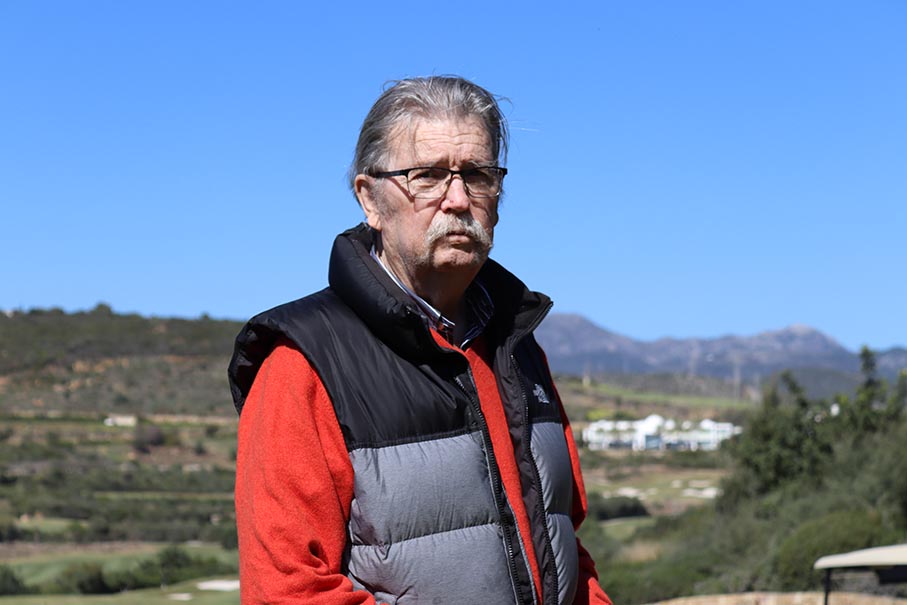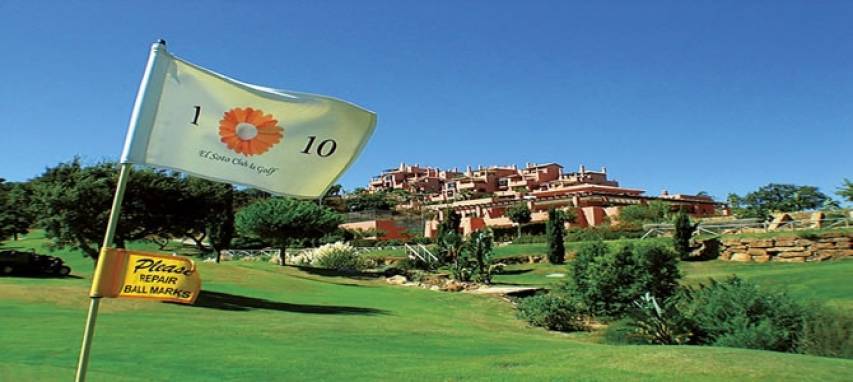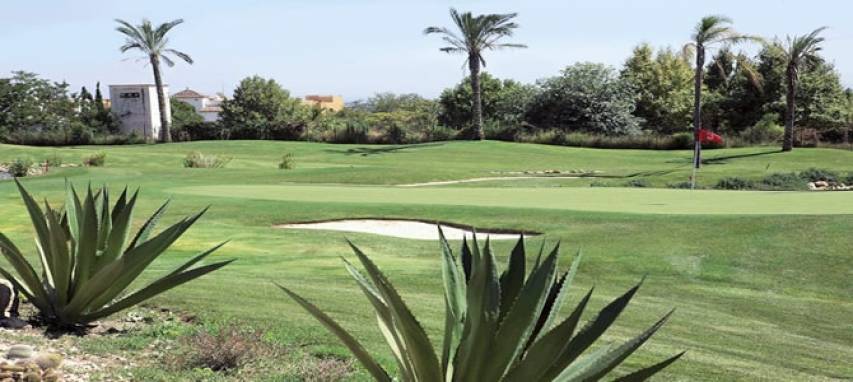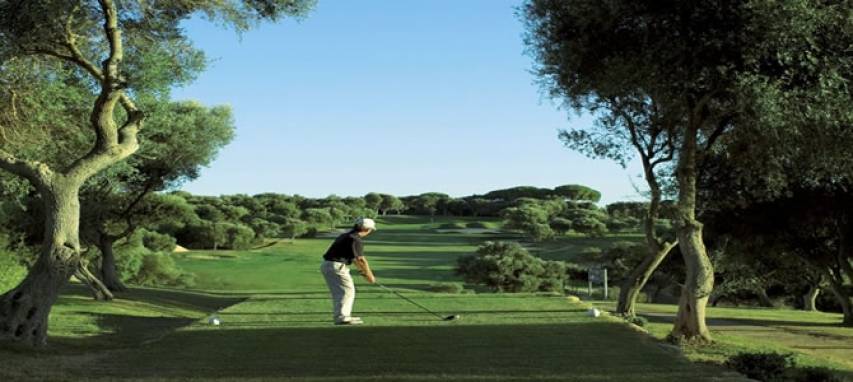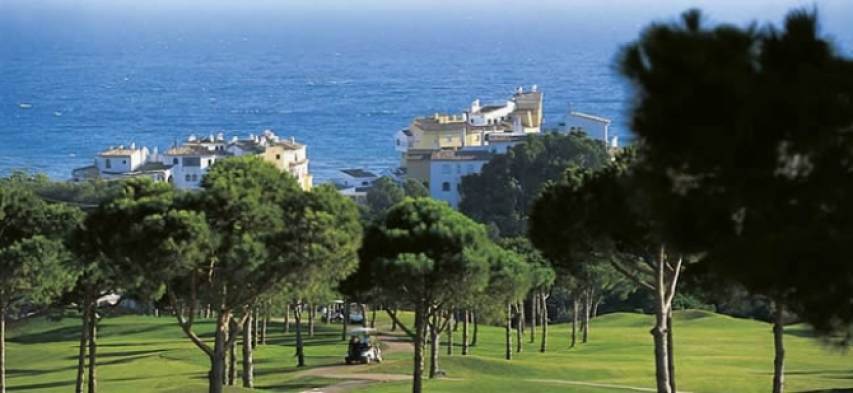"Finca Cortesìn is one of my favourite courses"
He does not keep track of the number of courses he has designed because, he says, what interests him is quality, not quantity. He is the most prolific designer on the Costa del Sol, with seven courses bearing his signature, including the venue for next year’s Solheim Cup: Finca Cortesín. One of the most prestigious golf designers in Europe, Cabell B. Robinson has lived for many years on the Costa del Sol, where he was sent five decades ago by his teacher and mentor, the legendary designer Robert Trent Jones.
Born in 1941, this American with a degree in history from Princeton University, who later studied at the Harvard School of Design and graduated in landscape architecture from the University of Berkeley, began working for Robert Trent Jones – whose youngest son he had met at Harvard – after finishing his studies.
In 1970 Cabell moved to the Old Continent to take charge of the Jones office in Europe and settled on the Costa del Sol, where he has made his residence ever since. The only member of the American Society of Golf Course Architects in Europe, Cabell would spend 17 years with Jones until, in 1987, he set up his own business. Before moving to this side of the Atlantic, Cabell had already designed two courses in the United States and one in Puerto Rico. In Europe he was involved with the creation of – although not necessarily the author of – 20 courses that Jones designed on the continent after opening his office here.
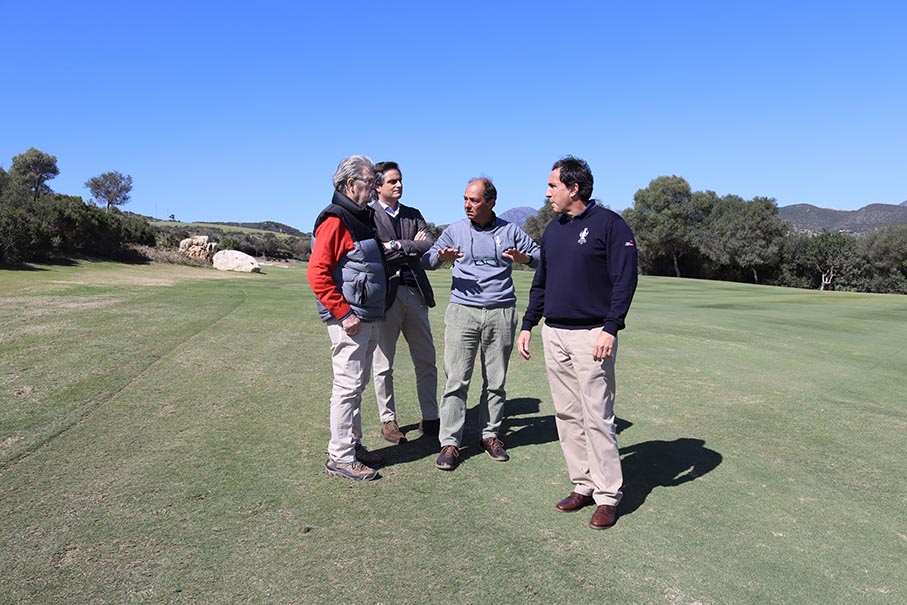
As his own boss, in Spain Cabell has designed La Cala de Mijas, La Reserva de Sotogrande, Santana Golf & Country Club, Valle Romano, Finca Cortesín, Las Colinas and Castillo de la Mota. He has also created courses in Portugal, France, Switzerland, Italy, Cyprus and Morocco, including Praia del Rey, Golf Les Dunes and Evian Resort Golf Course, home of The Evian Championship women's major.
What makes the course at Finca Cortesin the perfect setting to host a Solheim Cup?
This is an ideal course for the match play format, as demonstrated during the three years it hosted the Volvo World Match Play Championship, and it is also relatively easy for people to circulate around the course to enjoy the tournament.
What are the key holes or course features that people should look out for during next year’s event?
I have my favourites, but more than anything for aesthetic reasons. I like the 13th hole, a par-4, and I also like other long par-4s such as the 7th and 15th. The par-3s are quite long and I also think the public will like them a lot.
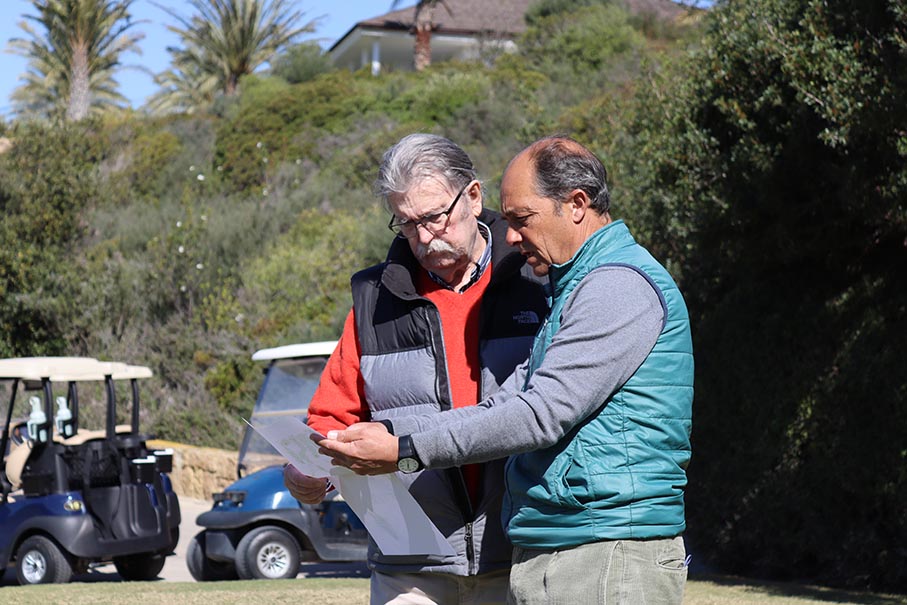
Do you plan on making any upgrades to the course between now and the event starting in September 2023?
We’ve planned small changes that do not greatly influence the course and that are only for the Solheim Cup. The main novelty is that the first hole is going to be the fourth. The routing of the first six holes is going to be changed so that the 1st is a very spectacular hole with a lake in front, and about 260 metres for the drive. Some players will be able to reach it in one, and for the double better ball format, and also with it being the 1st, it is a very attractive hole. The public will also be able to enjoy it better because there will be some stands. We are going to set up a new tee on the white tee to make it bigger. The location does not change, and nor does the design of the hole.
Another small change is on the 11th, which changes from a par-5 to a par-4. The only thing we will do is create a tee on the fairway so that it can be played as a par-4, and at the same time facilitate a major catering area behind the tee.
These changes to prepare the course for the Solheim Cup will begin this summer. They are changes that should be carried out in times of dry weather, and they also need to be finished this summer so they can have a year of adaptation.
The layout of the course remains practically the same. The only thing is that we are playing holes in a slightly different sense, but they are basically the same. For the Solheim Cup, the new 1st and 14th can be played as long par-4s, which always adds interest to the course. I would like the captains to decide to use tees on those holes that allow players to attack the green with their drive, although it won’t be obligatory.
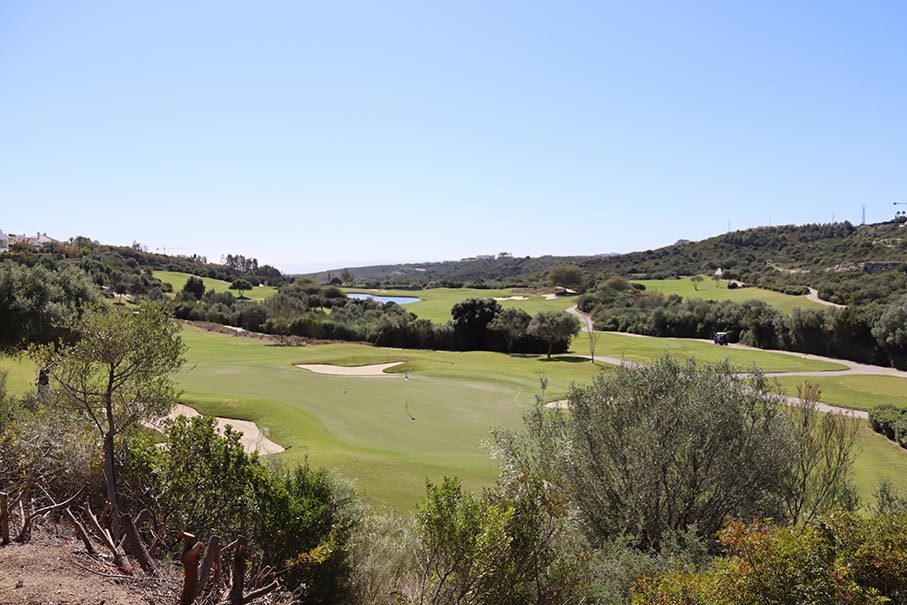
Was it difficult for you to adapt and integrate the natural environment when designing the course?
Here, as always when I design a course, I did it with the utmost respect for the natural surroundings we encountered. All golf architects are very aware of this.
Is Finca Cortesín one of your favourite courses?
This is one of my favourites because it has not been an easy site, given that it is divided by the road. One of the things that delighted me during the work was that the developer, Javier, did not initially have a great knowledge of golf, but it was clear to me that he wanted things done very well. So, whenever there was a choice to do one or the other, he would always go for the best. Having a client like that is wonderful, and it has been a pleasure for me to work for him and his team. So yes, Finca Cortesín is one of my favourite courses, although an architect cannot choose just one. As my boss Robert Trent Jones said, "They (courses) are like my children. I like them all."



